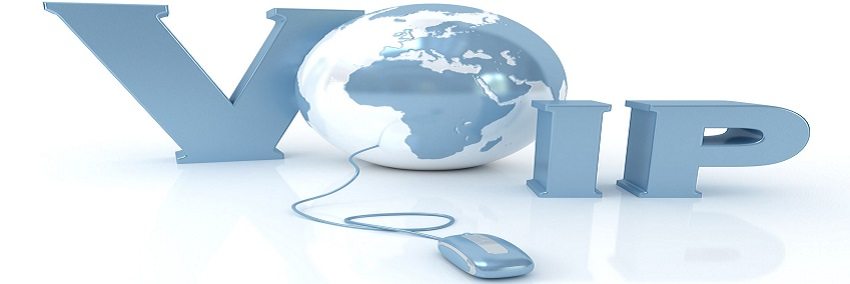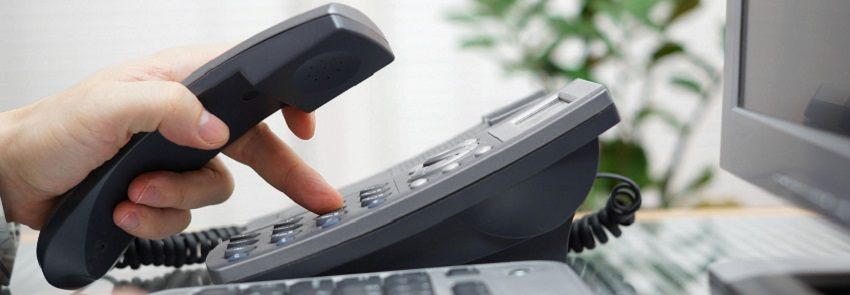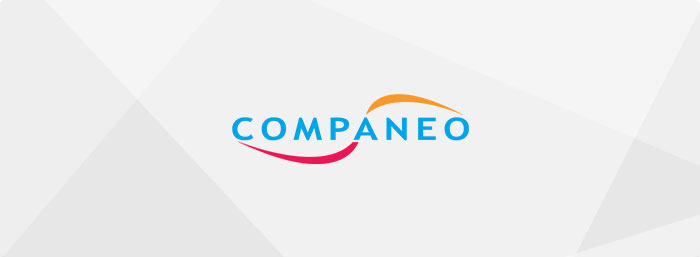
Compare Quotes & Save up to 40%!
Compare & Find the perfect Solution For You!
- Save time and money by letting us do the legwork for you
- We will look at the most suitable and competitive providers for you
- Our expert service is 100 % free with no-obligation
- Get the options to make an informed decision and get the best deal
Phone system: The unexpected technology behind call centre systems
Call centres have become ubiquitous in the life of every consumer and in the daily activity of any business, as they are the first point of contact for many operations including customer service, sales, market research, bookings, politics...
However, few people imagine the technology used in these operations, managed in large open space offices in the UK, or at the other end of the world, in India or the Philippines.
When selecting call centre systems, there are several key points to watch in order to make the right choice. Two major types of system are available.

Key points to watch when choosing a call centre system
Businesses looking to choose among call centre systems will have to consider a few basic questions related to what they actually want to do with all these phone calls.
Inbound or outbound?
The first question relates to the very nature of the call centre’s business: is it primarily used for taking calls (“inbound”) or for making calls (“outbound”)? Call centre software, depending on the product, are never as good for outbound operations as they are for inbound operations, or vice-versa.
How many channels?
Modern call centres don’t just take calls: they are more aptly referred to as “contact centres”, and agents often need to also use web chat, video conferencing, e-mails or popular internet social networks to interact with customers. Not all call centre systems and call centre software allows them to do that.
Call distribution
Call distribution refers to how queuing of simultaneous calls is dealt with. It’s all about finding the right available people to answer (or make) the calls at the right time, and sometimes even to identify who should move up the queue faster than others.
Agent status indicators
Systems will let supervisors know at every point in time, sometimes across multiple sites, which agents are available, which ones are having a break, which ones are on the line.
Call monitoring
Many systems will allow supervisors to log themselves into a customer/agent conversation to evaluate the performance of the agent and train him better.
Connectivity
It is essential that call centre systems can be connected to other systems such as Workforce management software, to manage staff, or CRM, so that every agent has customer or target history and details before his eyes when he picks up the phone.
Reporting
Finally, professional systems allow quality departments to monitor a series of indicators related to the calls: number of calls, duration of the calls, globally, per department and per agent... These are key metrics because they directly determine how much the company will earn, in case of an outsourcer, and how much the agent will earn through his variables.
Available technologies
Call centre systems can be either on-premise or in the cloud.
On-premise call centre systems
These systems are physically on-site, and require an impressive list of hardware and software products to be installed by specialists, including servers, phone sets, gateways, racks, switches, software installations on every work station... The whole equipment sometimes need a dedicated room to be stored. Companies are charged on a per-license basis, plus hardware costs.
Cloud-based systems
Cloud-based systems do not need any special installation as they are operated on internet browsers. Users just need to connect their computer to the internet, and sometimes a phone - softphones can be used. Businesses are charged on a usage basis.








